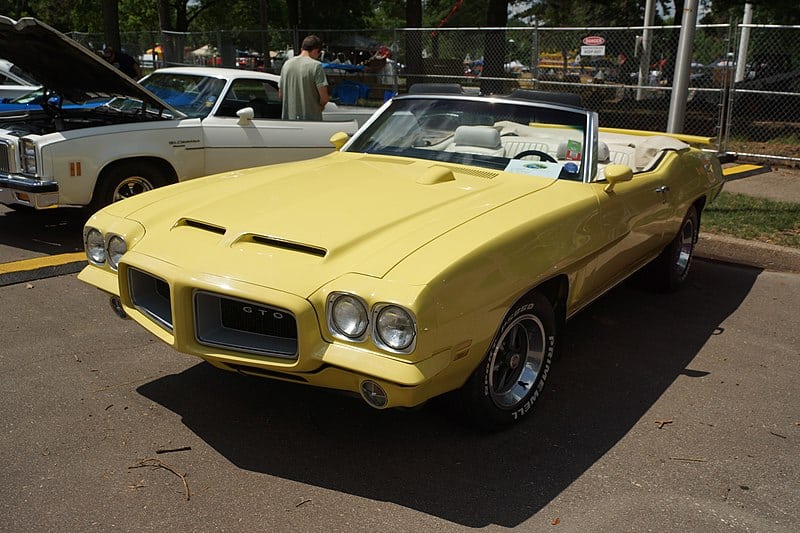Traditional dances from around the world offer a glimpse into the rich cultural heritage and history of various regions. Each dance tells a story, preserving the customs, beliefs, and artistic expressions of its people. From the energetic rhythms of Brazil’s Samba to the graceful movements of Hawaii’s Hula, these dances showcase the diversity and creativity of human culture. This list highlights some of the most unique traditional dances globally, each with its own distinct charm and significance.
Samba (Brazil)
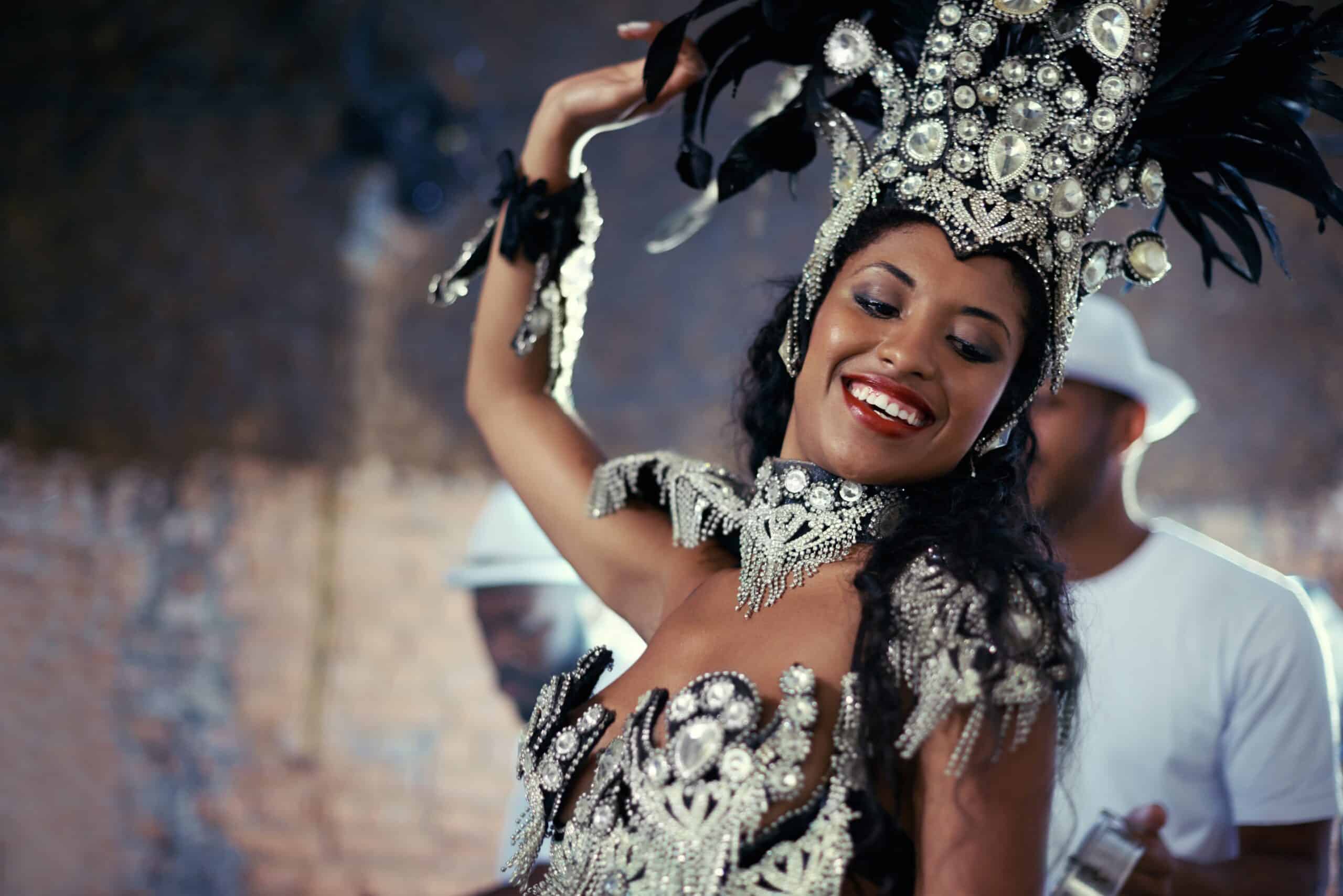
Originating from the streets of Rio de Janeiro, the Samba is a vibrant, rhythmical dance steeped in African heritage. Known for its lively beats and fluid movements, Samba plays a pivotal role in Brazil’s famous Carnival celebrations. Dancers often wear flamboyant costumes adorned with feathers and sequins, adding to the festive atmosphere. The dance’s infectious energy and intricate footwork make it a beloved symbol of Brazilian culture.
Flamenco (Spain)
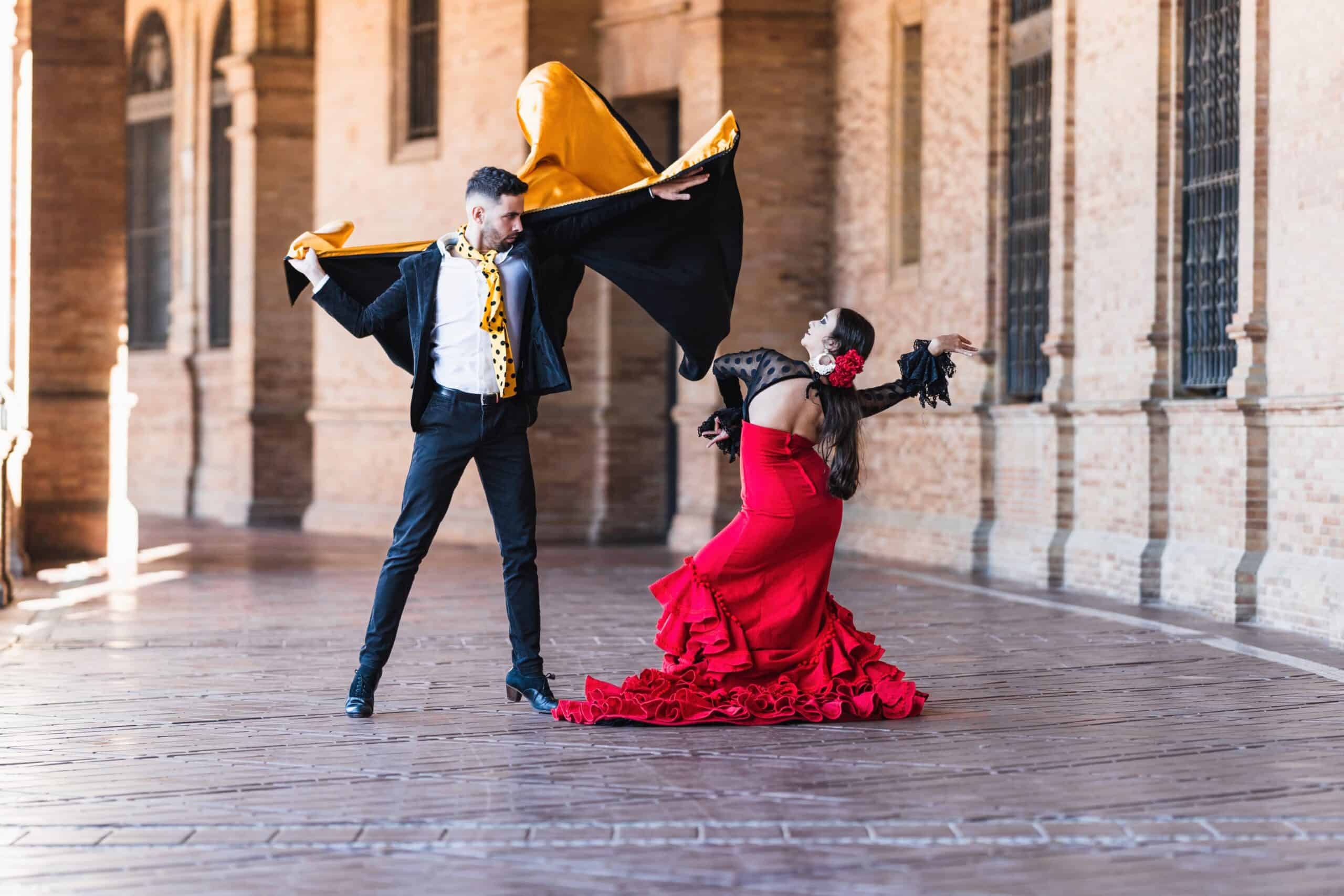
Hailing from the Andalusian region, Flamenco is a passionate and expressive dance that combines intricate footwork with emotive hand and arm movements. The dance is typically accompanied by guitar, singing, and handclaps, creating a powerful and emotional performance. Flamenco’s origins are deeply rooted in the gypsy culture, and its intensity reflects the struggles and joys of life. The dancers’ costumes, often featuring flowing dresses and shawls, enhance the dramatic flair of the performance.
Hula (Hawaii, USA)
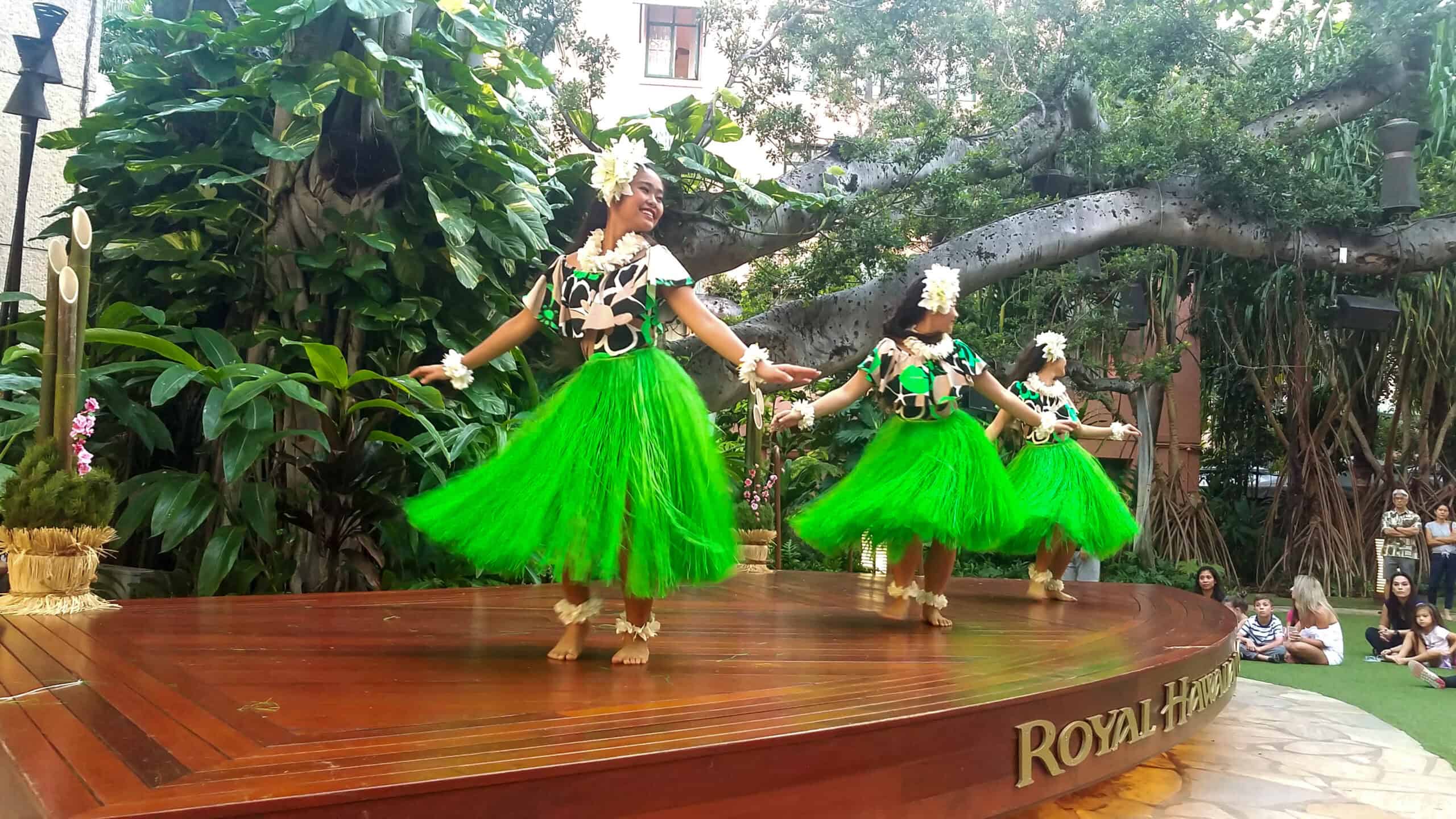
The Hula is a graceful and fluid dance that tells stories through synchronized movements and gestures. Rooted in Polynesian traditions, Hula is accompanied by chants, songs, and traditional instruments such as the ukulele and pahu drums. Dancers wear grass skirts, leis, and flower crowns, adding to the tropical ambiance. The dance’s storytelling aspect preserves and shares Hawaiian history, culture, and mythology.
Kathak (India)
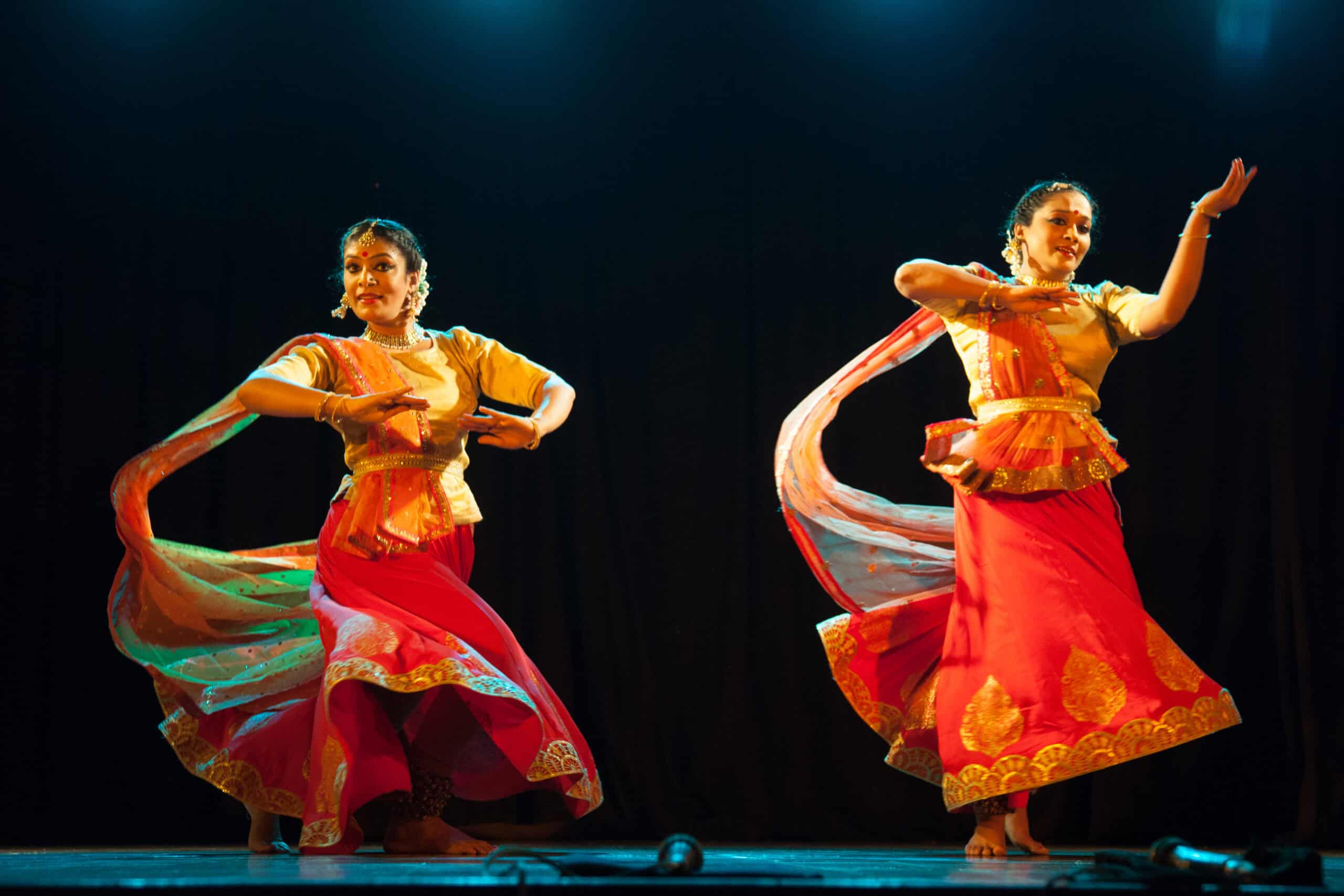
Kathak is one of the eight classical dances of India, known for its intricate footwork, spins, and expressive gestures. Originating from Northern India, Kathak evolved from storytelling traditions performed by traveling bards. The dance is often performed to classical Hindustani music and includes complex rhythms and graceful movements. Kathak dancers wear elaborate costumes with vibrant colors and adornments, enhancing the visual appeal of their performance.
Irish Step Dance (Ireland)
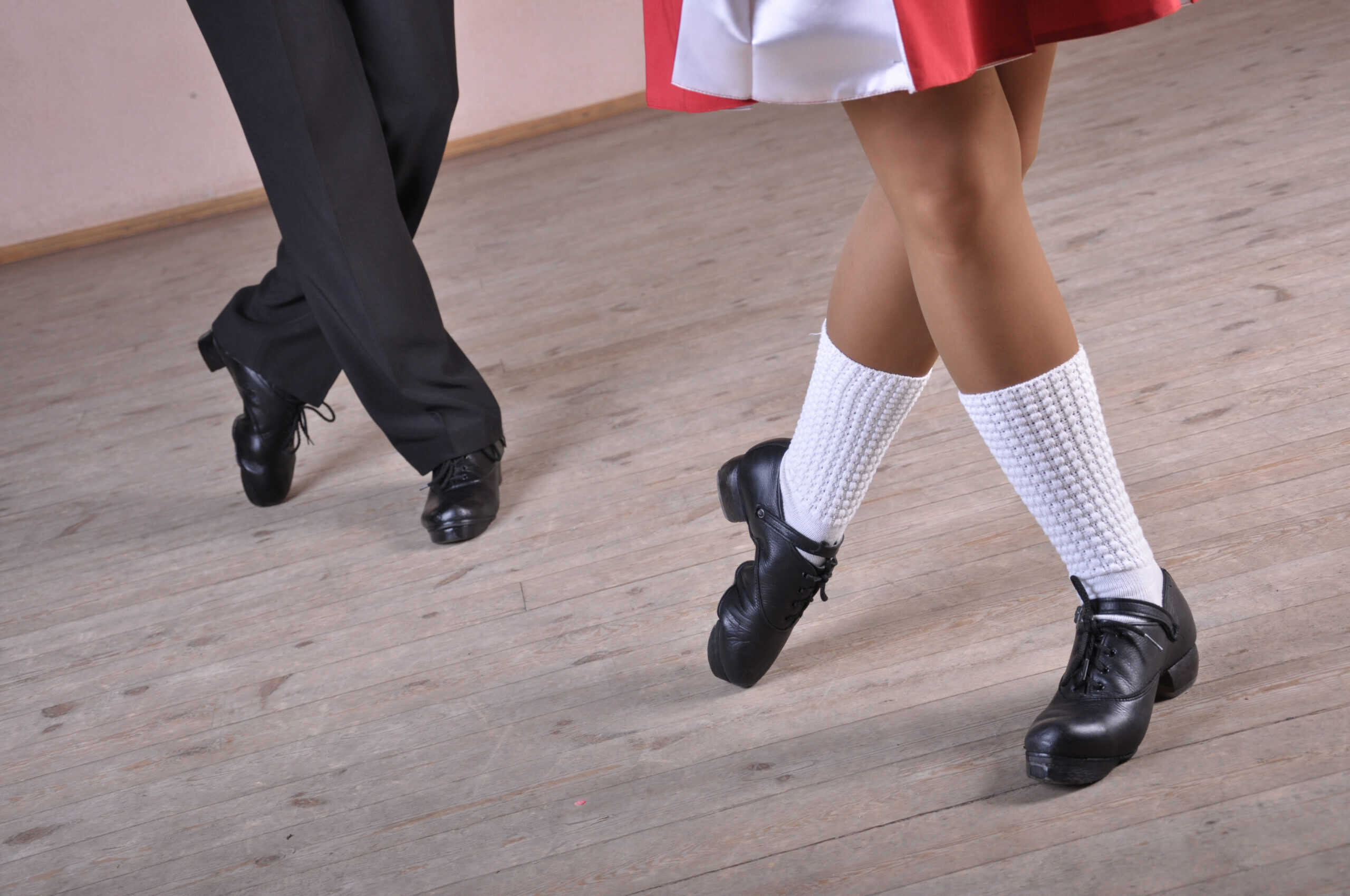
Characterized by its rapid foot movements and rigid upper body, Irish Step Dance has gained international acclaim through shows like “Riverdance.” This dance is performed solo or in groups, often featuring elaborate routines synchronized to traditional Irish music played on fiddles, flutes, and accordions. Dancers wear ornate costumes, including dresses with Celtic patterns and hard shoes that amplify their rhythmic steps. The dance’s precision and energy make it a captivating spectacle.
Maori Haka (New Zealand)
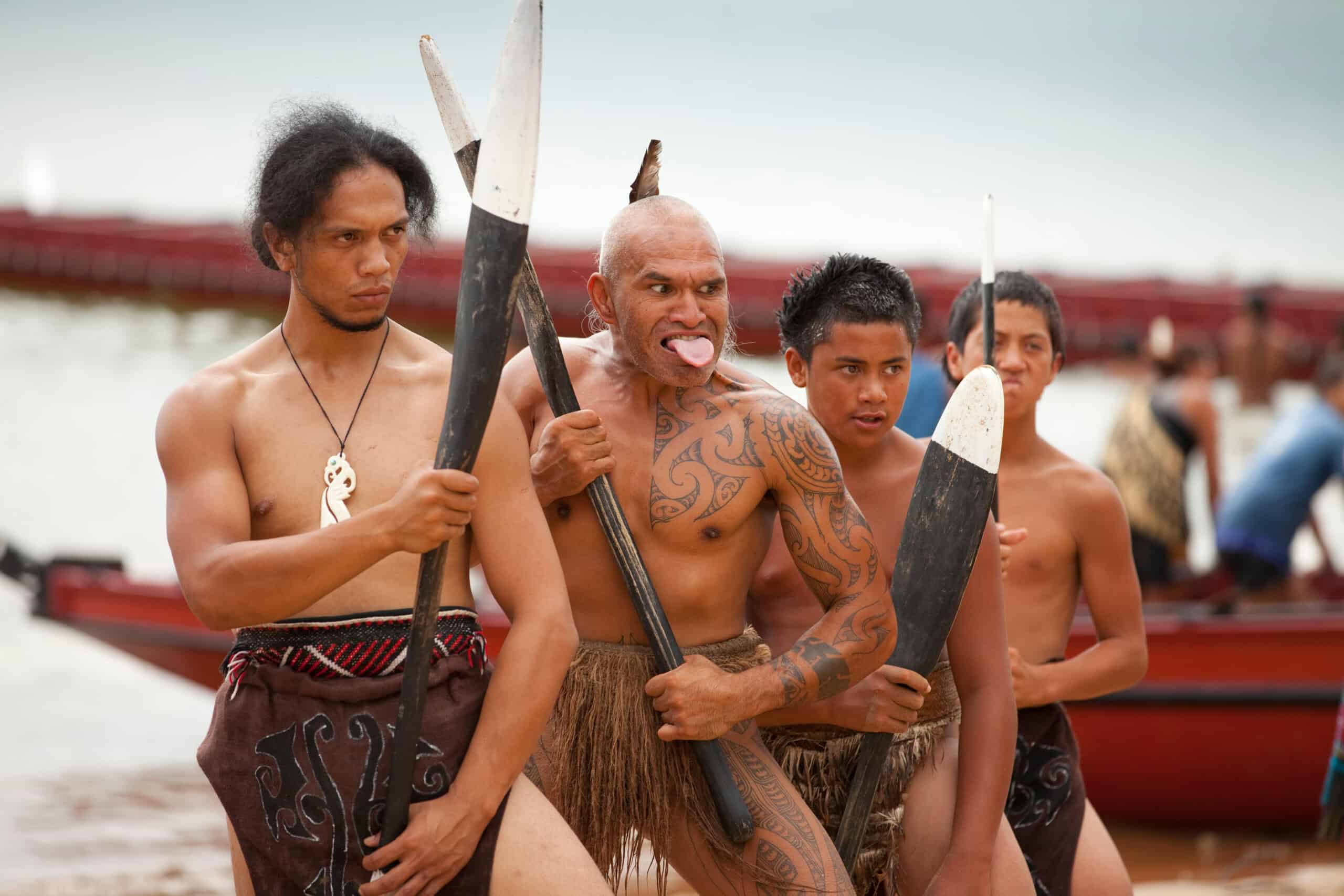
The Haka is a traditional Maori war dance known for its powerful and vigorous movements, including stomping, shouting, and rhythmic body slapping. Originally performed by warriors before battle, the Haka is now used in various ceremonies and celebrations, including sports events. It serves as a display of strength, unity, and cultural identity. Participants often wear traditional Maori attire, adding to the authenticity and intensity of the performance.
Ballet (Russia)
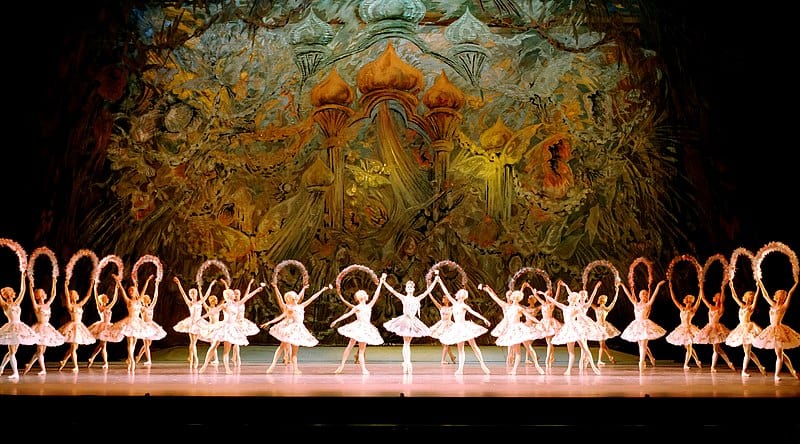
While Ballet has origins in the Italian Renaissance courts, it flourished and evolved in Russia, becoming a pinnacle of classical dance. Known for its elegance, precision, and demanding technique, ballet tells stories through choreographed sequences set to orchestral music. Russian ballet companies, such as the Bolshoi and Mariinsky, are renowned for their extraordinary productions. Dancers don tutus, pointe shoes, and elaborate costumes, creating a visual feast of grace and beauty.
Danza de los Viejitos (Mexico)
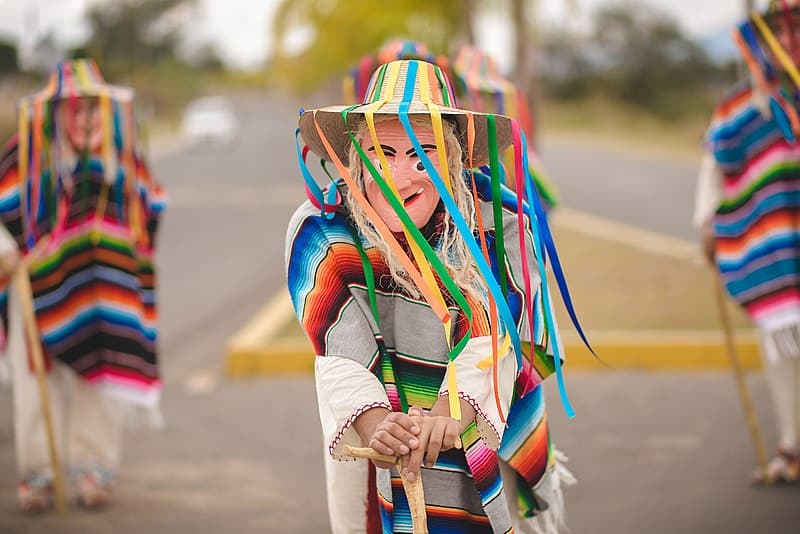
Translating to “Dance of the Little Old Men,” this traditional Mexican dance from Michoacán involves dancers wearing masks and costumes depicting elderly men. The dance combines humor with intricate footwork, reflecting themes of respect for elders and the cycle of life. Performed during festivals and celebrations, it is accompanied by traditional Mexican music played on string instruments. The playful nature and cultural significance make it a cherished part of Mexican heritage.
Sufi Whirling (Turkey)
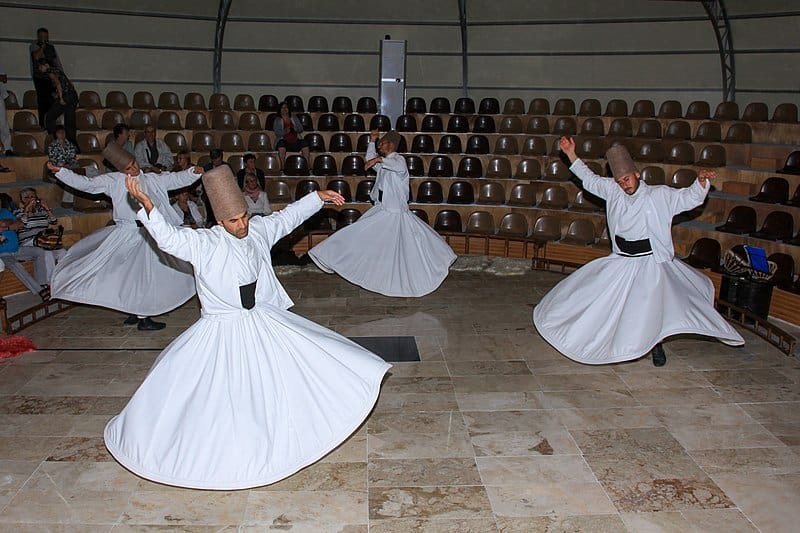
Also known as the Mevlevi Sema Ceremony, Sufi Whirling is a form of physically active meditation practiced by the Mevlevi Order of Sufis. Dancers, or Dervishes, spin in circles to achieve a trance-like state, symbolizing a spiritual journey towards the divine. The ritual is accompanied by traditional Sufi music featuring the ney (reed flute) and drums. Dressed in flowing white robes and tall hats, the Dervishes create a mesmerizing and serene spectacle.
Kabuki (Japan)
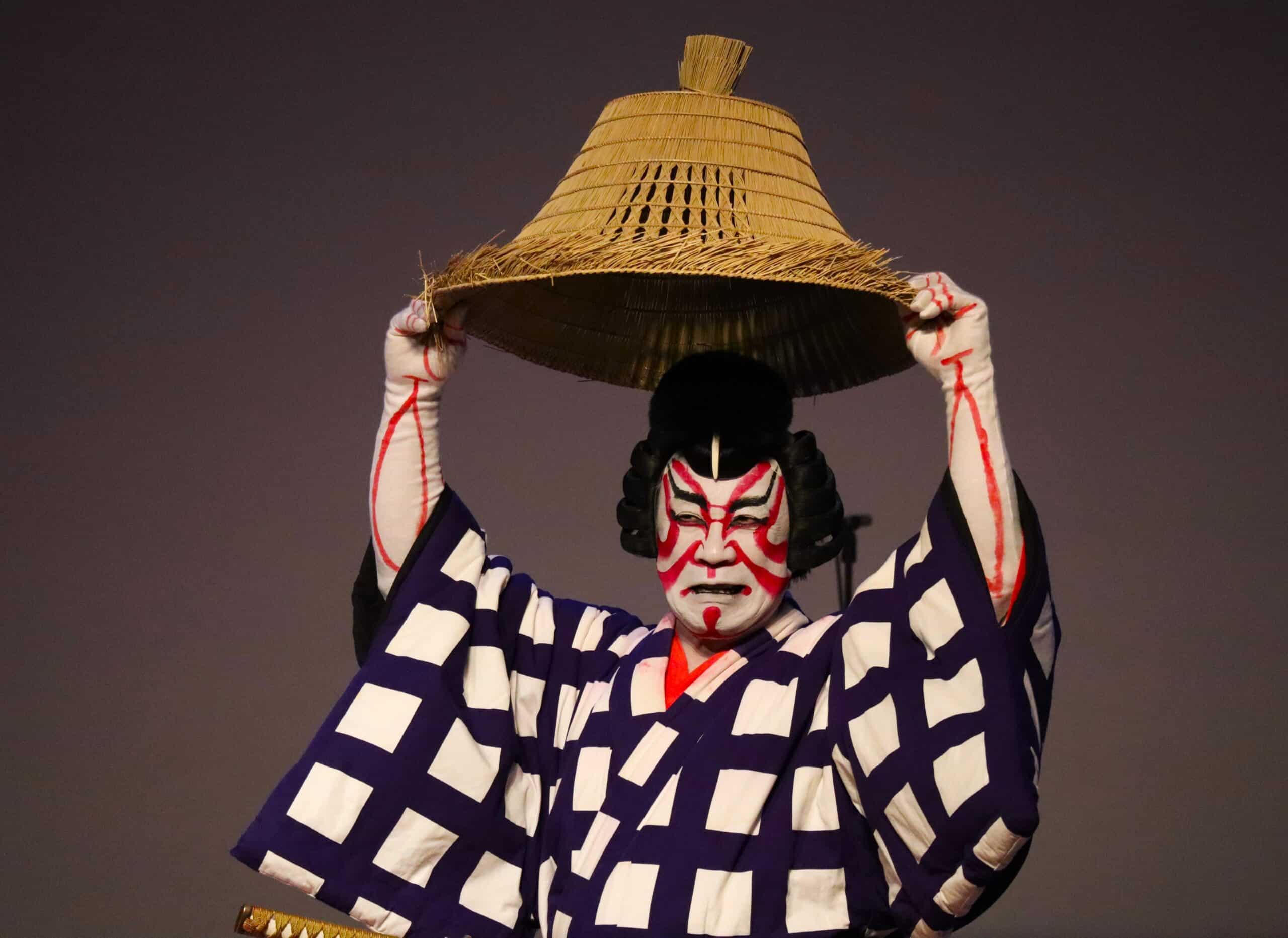
Kabuki is a classical Japanese dance-drama known for its stylized performances, elaborate makeup, and colorful costumes. Originating in the Edo period, Kabuki combines singing, dancing, and acting to tell stories of historical events, moral conflicts, and romance. The dance is performed on specially designed stages with revolving platforms and trapdoors. Kabuki’s dramatic gestures and visual splendor make it a cornerstone of Japanese cultural heritage.
Cossack Dance (Ukraine/Russia)
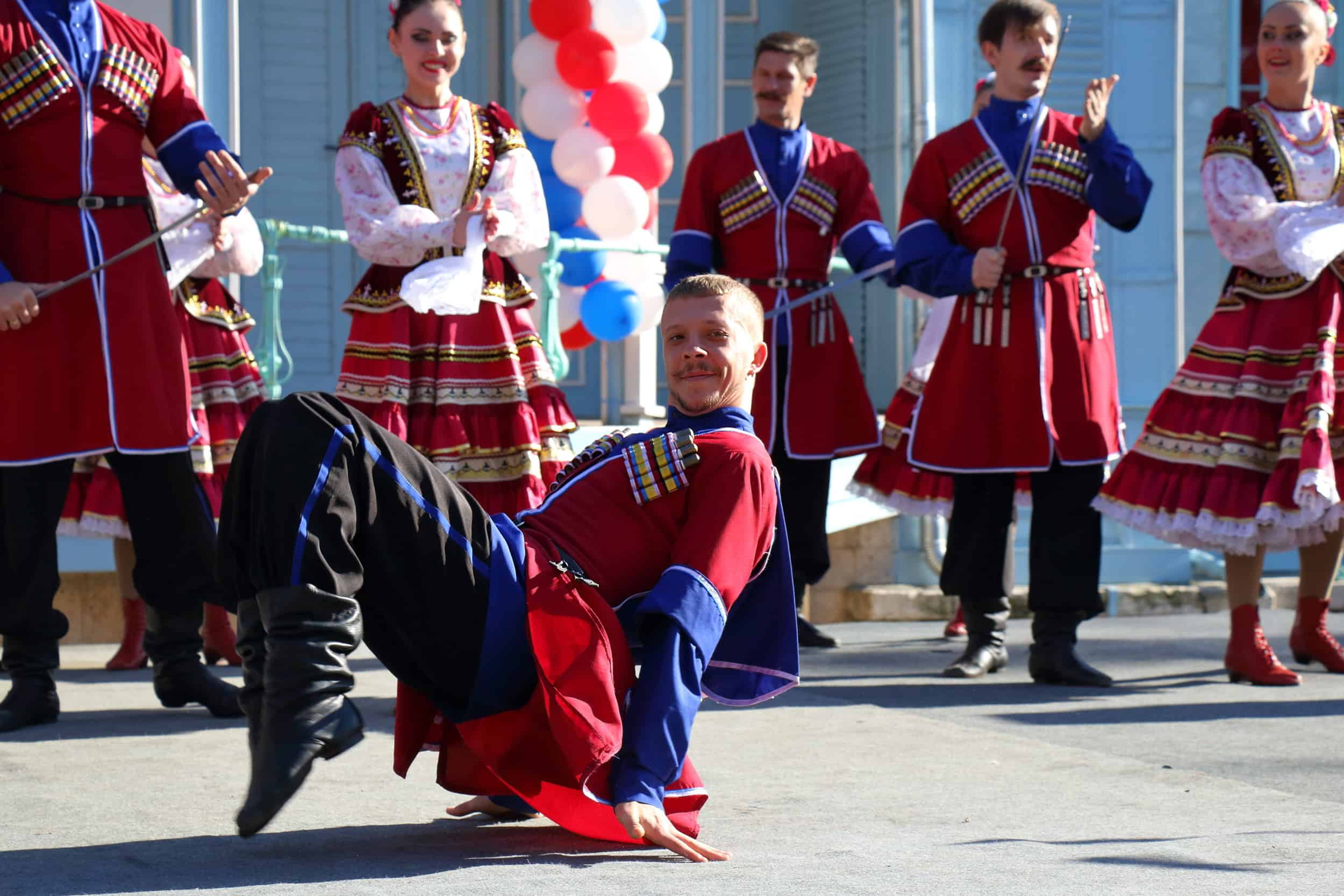
The Cossack Dance is a traditional Ukrainian and Russian folk dance characterized by its energetic leaps, squats, and acrobatic movements. Historically performed by Cossack soldiers, the dance showcases physical strength and agility. Accompanied by lively folk music played on instruments like the balalaika and accordion, the dance is performed in vibrant traditional costumes. Its dynamic and spirited nature captures the essence of Cossack culture.
Tinikling (Philippines)
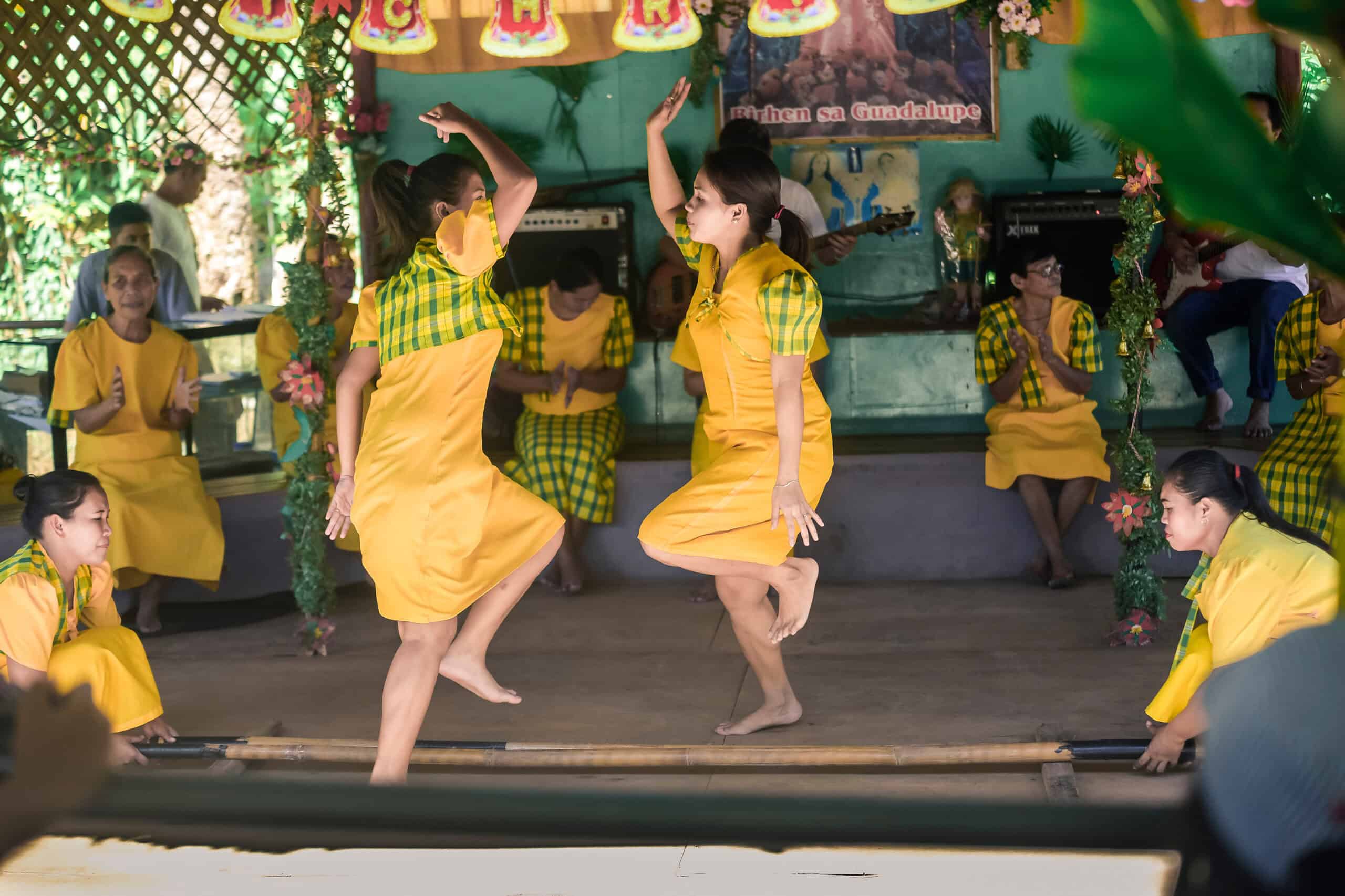
Tinikling is a traditional Filipino dance that involves dancers skillfully stepping between rapidly moving bamboo poles. The dance is said to imitate the movements of the tikling bird, evading bamboo traps set by farmers. Accompanied by traditional Filipino music, Tinikling requires agility and precision. Dancers wear traditional Filipino attire, with women in patadyong skirts and men in barong tagalog. The dance’s lively and challenging nature makes it a popular performance at cultural festivals.
Morris Dance (England)
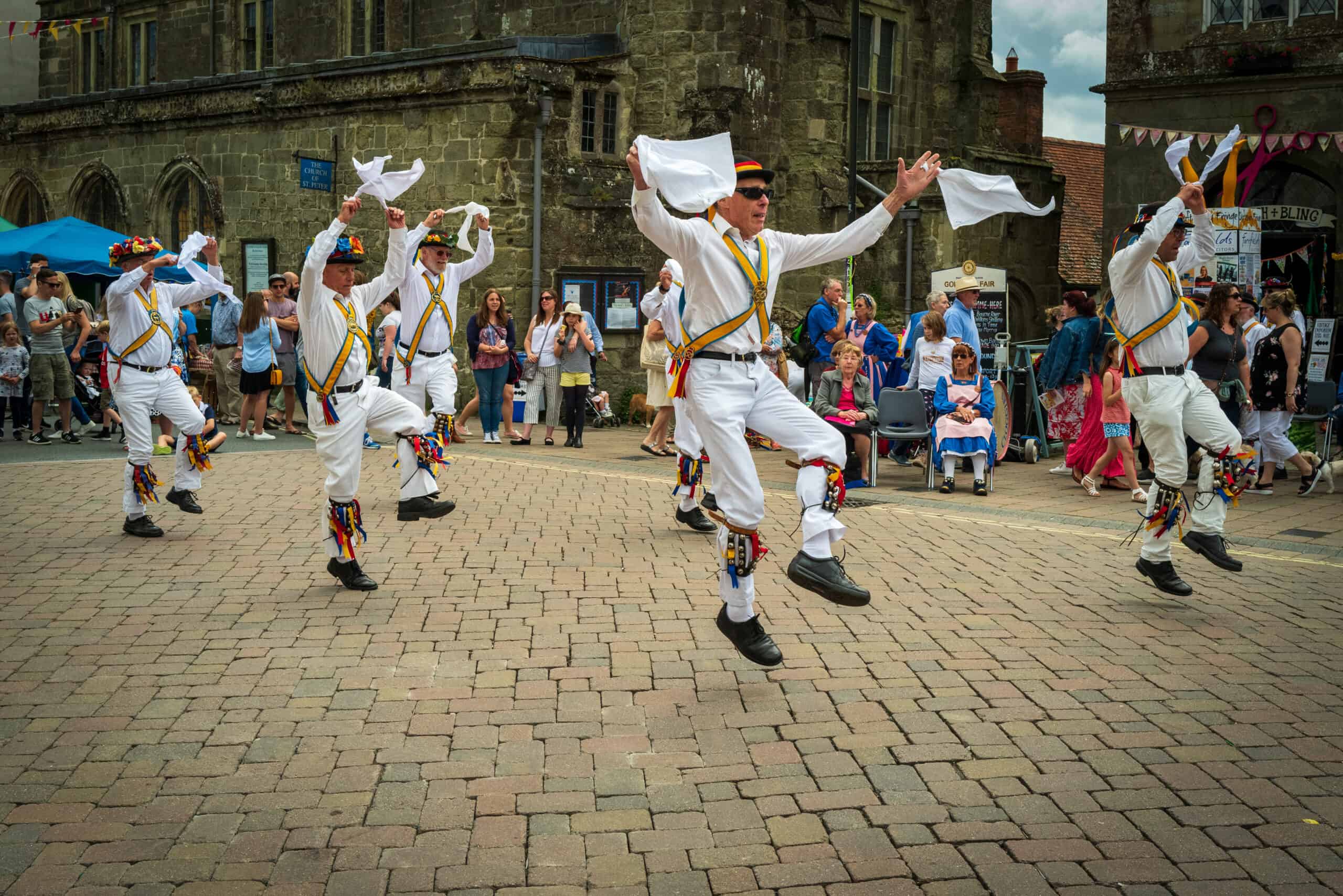
Morris Dance is a traditional English folk dance involving rhythmic stepping, choreographed figures, and the use of implements like sticks, swords, and handkerchiefs. Performed primarily in rural areas during seasonal festivals, the dance is accompanied by lively folk music played on fiddles, melodeons, and concertinas. Dancers wear costumes with bells strapped to their shins, adding a distinctive jingle to their movements. Its origins are rooted in ancient pagan rituals celebrating fertility and the arrival of spring.
Gumboot Dance (South Africa)
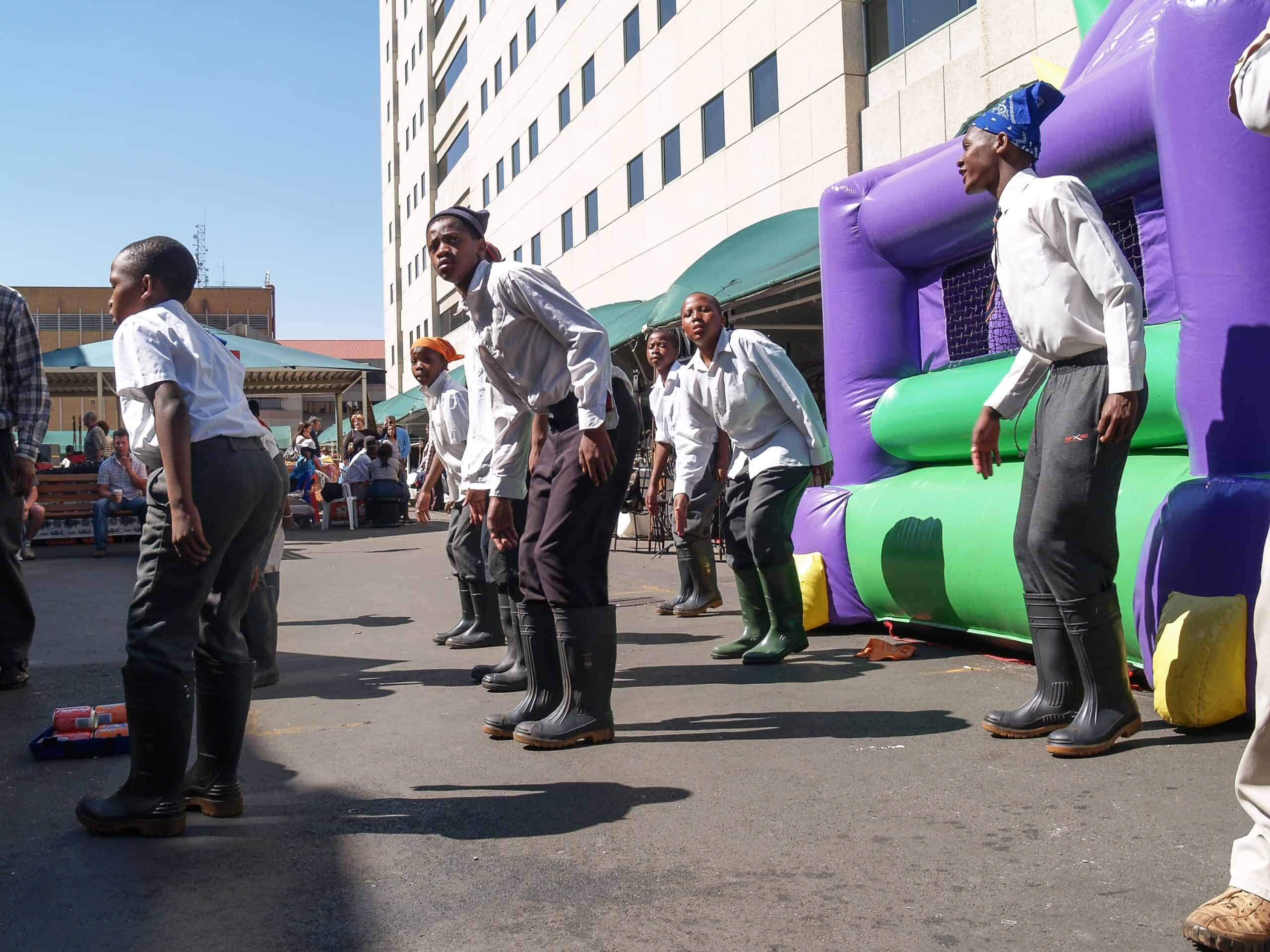
Originating from the gold mines of South Africa, Gumboot Dance involves rhythmic foot stomping and slapping of rubber boots. Miners developed the dance as a form of communication and entertainment, often performing in the dark, wet conditions of the mines. Accompanied by singing and chanting, Gumboot Dance reflects the resilience and solidarity of the miners. Today, it is performed at cultural events and festivals, symbolizing unity and resistance.
Haka (New Zealand)
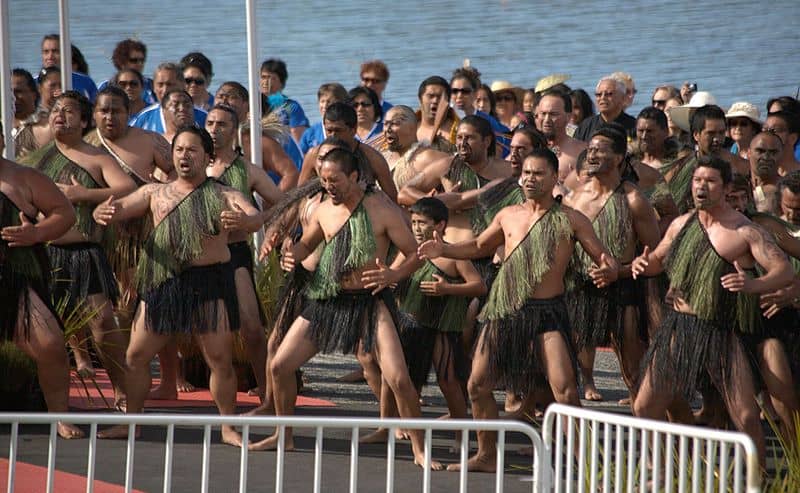
The Haka is a traditional war dance of the Maori people, characterized by vigorous movements, loud chanting, and fierce facial expressions. Performed to intimidate opponents before battles, the Haka is now a symbol of Maori identity and pride. It is commonly seen during sports events, particularly by New Zealand’s national rugby team, the All Blacks. The dance’s powerful display of emotion and cultural heritage makes it a captivating and respected tradition.
Kecak (Indonesia)
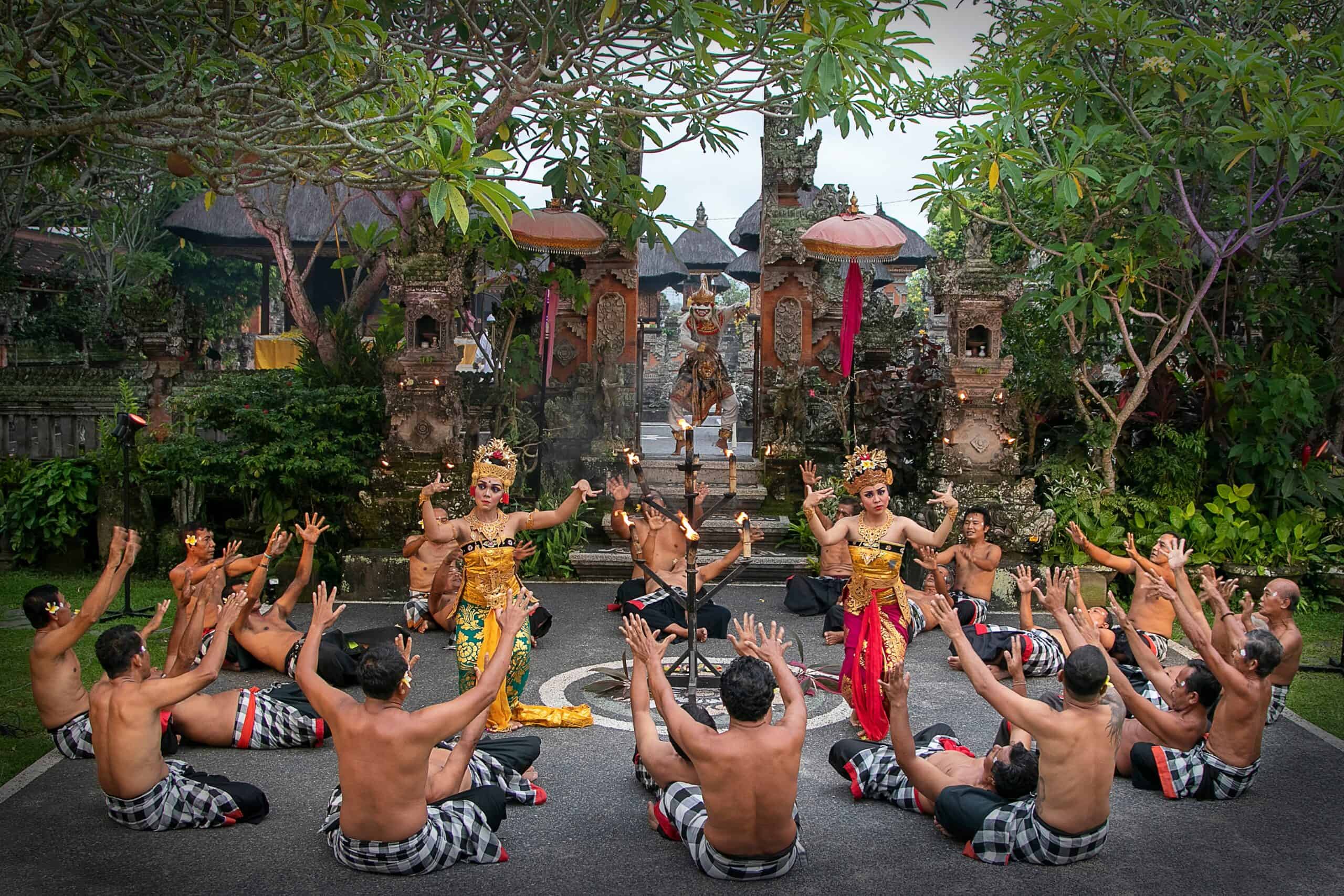
Also known as the Ramayana Monkey Chant, Kecak is a traditional Balinese dance-drama involving a chorus of men chanting “cak” while seated in a circle. The dance narrates episodes from the Hindu epic Ramayana, particularly the battle between Prince Rama and the demon king Ravana. Accompanied by rhythmic chanting and dramatic gestures, Kecak is performed at sunset, creating a mesmerizing and mystical atmosphere. The dancers’ intricate movements and the haunting chants make Kecak a unique cultural experience.
Samba de Roda (Brazil)

Samba de Roda is a traditional Afro-Brazilian dance from the Bahia region, combining elements of dance, music, and Capoeira. Performed in a circular formation, the dance involves fluid and graceful movements accompanied by singing, clapping, and percussion instruments. The dance’s roots in African slave traditions reflect the cultural fusion and resilience of the Afro-Brazilian community. Samba de Roda is often performed during religious and cultural celebrations, preserving its historical significance.
Tango (Argentina/Uruguay)
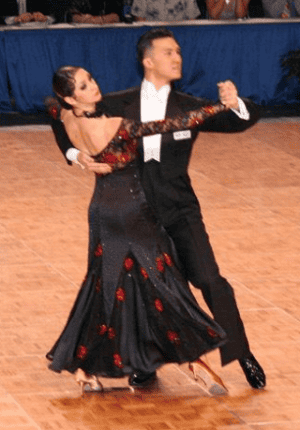
Originating from the working-class neighborhoods of Buenos Aires and Montevideo, Tango is a passionate and dramatic partner dance. Characterized by close embrace, intricate footwork, and sharp movements, Tango is performed to music featuring bandoneón, piano, and violin. Its evolution from the brothels and bars of the early 20th century to elegant dance halls reflects its cultural significance. Tango’s intensity and sensuality make it a captivating performance art.
Zorba’s Dance (Greece)
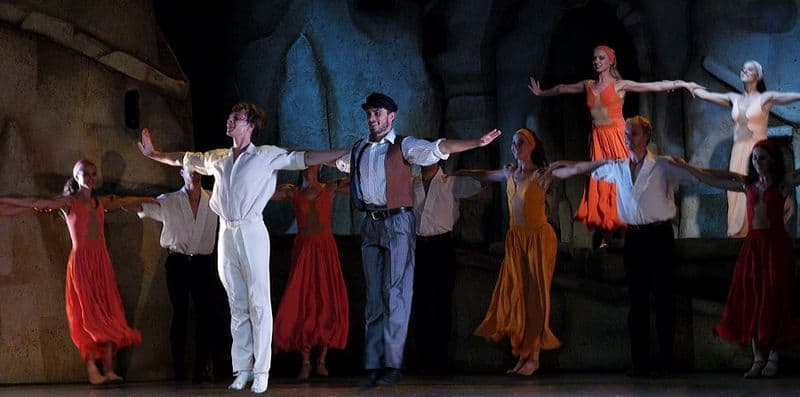
Also known as Sirtaki, Zorba’s Dance is a popular Greek dance made famous by the film “Zorba the Greek.” It starts slowly, with dancers holding hands in a line, gradually increasing in speed and intensity. Accompanied by traditional Greek music played on the bouzouki, the dance embodies the spirit of Greek culture and camaraderie. Zorba’s Dance is often performed at celebrations and festivals, reflecting the joy and unity of the Greek people.
This article originally appeared on Rarest.org.
More From Rarest.Org
American muscle cars have always captivated automotive enthusiasts with their raw power, distinctive designs, and storied histories. Among these iconic vehicles, some models stand out not only for their performance but also for their rarity. Read more.
Collecting antique toys is a fascinating hobby that combines nostalgia, history, and the thrill of uncovering rare treasures. These toys, often cherished by children in past generations, now fetch staggering prices at auctions, capturing the hearts of collectors worldwide. Read more.
Imagine owning your own slice of paradise, where turquoise waters lap against pristine beaches, and lush greenery provides a serene backdrop. Private islands offer unparalleled luxury and exclusivity, making them the ultimate dream for those seeking a unique and lavish retreat. Read more.

